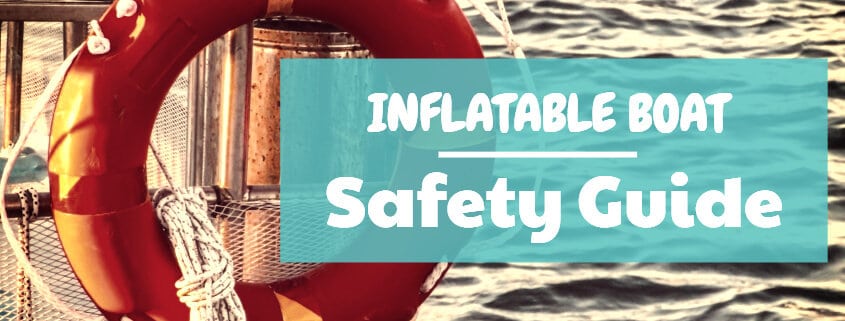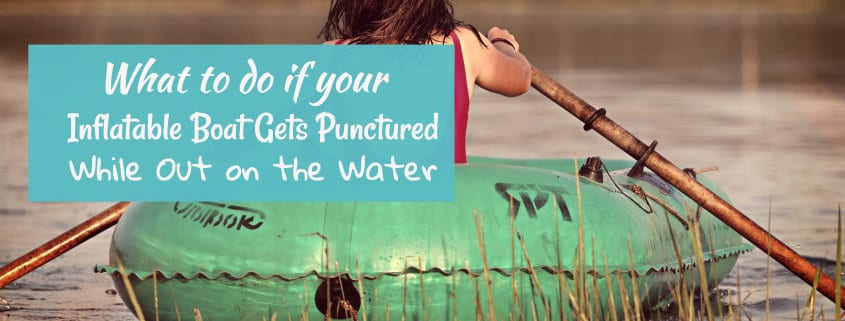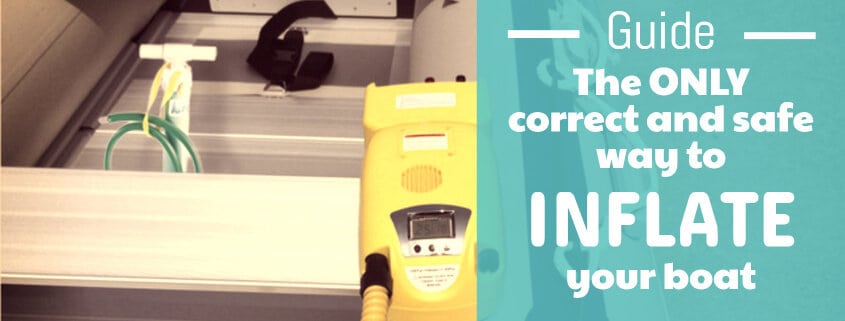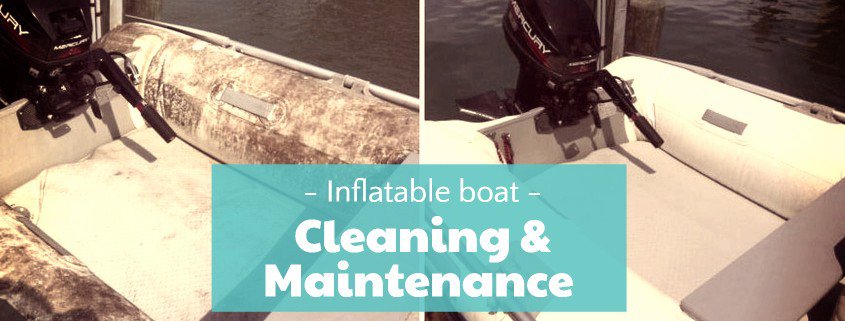Boating is a great water sport, but staying safe while having fun is imperative. Many people have asked me the question:
Are inflatable boats safe?
If you’re considering buying an inflatable, or you’re going on a boat trip with an inflatable boat, rest assured. As long as the main safety guidelines are followed, inflatable boats are as safe, if not safer than hard boats.
Contents
Are inflatable boats as safe as hard boats?
It turns out that inflatable boats are, in many ways, even safer than hard boats.
Have you ever noticed that the Coast Guard and the military both use inflatable RIBs as rescue crafts? Why do you think that is?
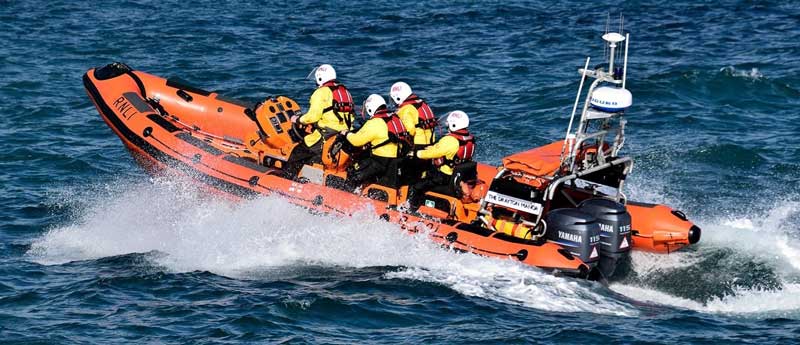
Consider the following safety related advantages inflatable boats have over hard-shell dinghies:
- Easy water entry: When a swimmer wants to climb onto a smaller hard shell boat, the rigid nature of the boat can cause the side to dip under and collect water, or even tip over towards the swimmer. Inflatable dinghies are very hard to tip over.
- Easier to turn back over: If the boat is somehow turned over, an inflatable is much easier to right and will have no water in it.
- More buoyancy: The inflatable tubes and the low center of gravity result in superb water buoyancy, much better than that of a hard shell boat.
- Unsinkable: The separate chambers found in quality inflatable boats is a safety measure. Even if one tube punctures and deflates, the other side will still stay above water thanks to the air in the remaining tube.
Here is a nice video comparing a few safety aspects of inflatable dinghies vs hard boats.
While your knowledge of boating safety will improve with experience, it’s important to educate yourself on the topic beforehand.
This article will explain how you can be sure your inflatable watercraft stays safe, and how to use it in a safe manner. It is imperative that you also read the users manual of your boat, which will include more safety guidelines.
Inflatable boat safety tips
Let’s start with outlining safety tips specific to inflatable boats, after which we’ll talk about general boating safety.
- Pre-launch safety check: Inflatable boat safety starts before you get onto the water. After inflating your boat, check it thoroughly for any tears or holes. Listen for any hissing noises as well, to hear air escaping from the tubes or the valves.
- Don’t drag your boat: Dragging your boat on the ground is the best way to damage your boat. Don’t drag your inflatable boat, it will damage the material and probably puncture down the line.
When launching or taking your boat out of the water, you should either carry it if it is light enough or use launching wheels if it’s a heavier boat. - Life jackets save lives: Here is a shocking statistic: The majority of boating fatalities are a result of drowning, and 90% of the victims did not wear a life jacket.
Kids should always wear a life jacket, period. With adults, it depends on the type of activity and swimming skills. White water rafting is unimaginable without a life jacket, but a casual day at the lake is unimaginable with one.
Here are some affordable and safe life jackets. - Hot/cold changes air pressure: The air inside the inflatable tube will shrink and expand, depending on the temperature.
- Hot weather causes the air to expand (especially direct sunlight), which can increase the pressure in your tube and cause over-inflation. You might need to compensate by letting some air out. Such over-inflation is unlikely to cause your tube to rupture, but in some situations, it could be dangerous. For example, an over-inflated white water kayak might puncture when hitting a sharp rock.
- Cold temperatures lead to lower air pressure in your inflatable. It won’t sink but will become less efficient and cause extra drag in the water.
- Items to bring on board: If you’re just paddling around on the lake close to shore, you won’t need much. But if you’re planning a longer trip, here is a nicely organized list of items you should have onboard:
- Repair kit: Modern, quality inflatable boats are made of very durable material. Regardless, Murphy never sleeps, so if you are planning a longer boat trip, you should always have a repair kit with you. Here is a great one on Amazon.
- Hand pump: Not having a hand pump onboard can quickly become a safety hazard, especially if you’re far from your base. I’ve had an island excursion that went very bad because I forgot to bring my hand pump.
Without a doubt, the best hand pump to have in your boat is the K-Pump Mini, just read what others say about it. I never leave for long trips without it.
It is pricey, but the only one that won’t leave you stranded, and you only need to buy it once. Don’t fall for a cheap imitation at Walmart, those are not dependable.
- On multi-day trips: If you plan on being on the water for more than a day, you should take a few extra items:
- Flashlight
- First aid kit
- Flares
- Whistle
- Maps
- Cell phone + charger + extra batteries
- Know your boat: Not all boats are made equal, and not all boats are suitable for every type of water activity. For example, you wouldn’t want to go white water rafting in an inflatable dinghy meant for calm water. And even if you have a white water raft, you want to make sure it’s certified for the classification of the river you’re taking it on.
Now let’s move onto more general, but equally important boating tips.
General boating safety tips
You already know how to make sure your inflatable boat stays safe.
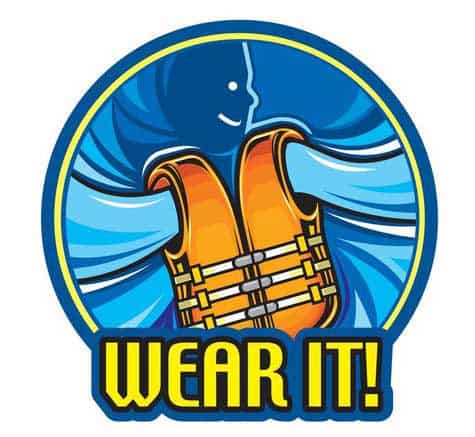
Now it’s time to cover a few important general boating safety tips, which pertain more to powered dinghies and sports boats.
- Learn about local legal requirements: It’s always a good idea to look up the local laws on boating, especially if you’re in a new area. There may be age limits, educational requirements, or even separate licenses needed.
The National Association of State Boating Law Administrators (NASBLA) offers a great reference guide for checking the local boating laws in the US: http://www.nasbla.net/referenceguide/ - Take a boating & safety course: Especially if you’re new to boating, it’s a good idea to take a safety course for the type of boating you will be doing. Practice everything you learn in calm waters before heading out onto congested or choppy areas.
- Inform others: You should always let other people know when, for how long, and where you will be boating. The US Coast Guard even has an official float plan to help in case you’re going on a longer trip.
- Check the weather forecast: The weather around larger bodies of water can change in an instant. Check the weather forecast for the day and avoid storms. Rain, lightning, wind, and choppy waters are not fun out in open water. You should go back ashore if the weather turns rough.
- Protect yourself from the sun: I’ve seen some nasty sunburns on people who didn’t take the sun seriously on a day of boating. Depending on what type of boating you will be doing, apply a high SPF sunscreen or wear protective clothing (for longer trips). The Sun’s rays are 2x more potent, as they are reflected off the water.
- Maximum passenger count: Do not carry more people (or weight) in your boat than specified by the manufacturer. The max weight is an important safety consideration, don’t forget about it.
- Wear a life jacket: Again, I would like to emphasize how important life jackets are in boating. It should go without saying that all children must always wear a life jacket when boating. Adults should as well, but I know, I know, most don’t. At least make sure that all passengers are competent swimmers before heading out. If the weather gets worse though, every passenger needs to wear a life vest.
- Never drink alcohol: The “captain” of the boat should never be under the influence of alcohol while boating. First of all, it’s probably illegal, you need to check. Secondly, the sun and dehydration increase the effect of alcohol, which alters decision-making skills.
- Be aware of your surroundings: Just like behind the steering wheel of a car, you want to be aware of your boat’s surroundings and keep a safe distance from other boats and objects. It’s also best to avoid areas where swimmers could be in the way.
Adhering to the above guidelines will keep you and sour passengers safe on the water.
Are inflatable boats safe on the ocean or at sea?
Whether an inflatable boat is seaworthy depends on the type of inflatable boat and what water conditions are like.
First of all, cheap inflatable rafts should never be taken out on open water. It is actually illegal in most places to go in the ocean with a craft that is not ocean ready.
Why?
Because tidal movement and currents in sea/ocean water can cause a boat to drift out onto open sea very quickly. In many situations, the current is too strong to paddle against, or even swim against.
Some inflatable rafts, like the Intex Excursion or Sea Eagle 9 can be fitted with a trolling motor, which makes people think they are seaworthy. They are not. Taking an inflatable raft out onto open water is an accident waiting to happen.
The coast guard is regularly called upon to rescue kids in cheap inflatable rafts that have drifted miles away from the shore.
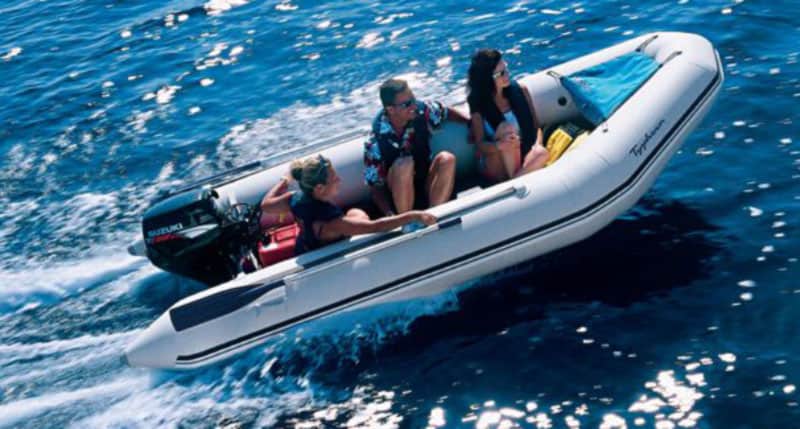
You need a RIB (rigid inflatable boat) to be safe out on open water, or at least a dinghy or sport boat capable of planing, equipped with the following:
- A keel to help maneuver the boat through the waves.
- Integral transom capable of handling an outboard motor.
If you’ll be going out on open water, you should take a boating safety course and review the US Coast Guard’s boating safety website.
Conditions out on the ocean can be rough, especially in windy or stormy weather. Since small inflatable dinghies are light, the combination of wind and waves might be enough to become a safety hazard. Never underestimate the immense power of the ocean.
This website shows the current water conditions all around the world, including waves, wind and water temperature: http://www.oceanweather.com/data/

